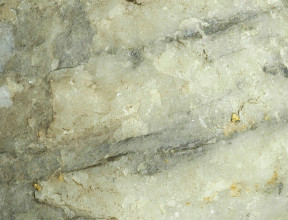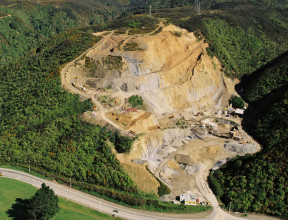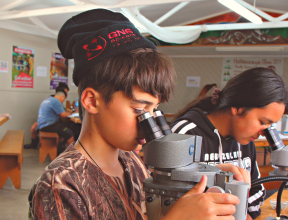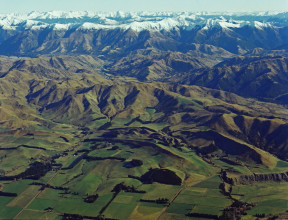
Minerals and metals in New Zealand
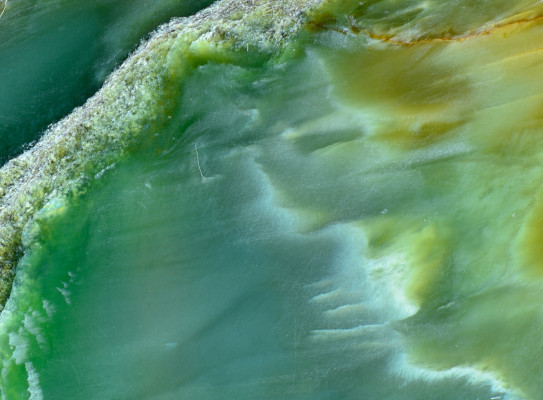
Minerals are solid, naturally-occurring substances that are found in the Earth’s crust and formed over millennia by heating, compression, weather and erosion.
Minerals are not rocks
A mineral is not quite the same as a rock – rocks typically consist of one or more types of minerals. Minerals are usually very hard and strong. Crystals are also formed by minerals. The same mineral can occur in different colours, which are called varieties.
Minerals can be found in many different environments including volcanoes, lake floors and below the ocean. They are often easily identified by their colour or shape as well as their size, density, transparency, refraction and how easily they break, split or melt.
Minerals have many different uses in day-to-day life – for car parts, cooking, cosmetics, fertiliser, coins, jewellery, electronics, building materials and much more.
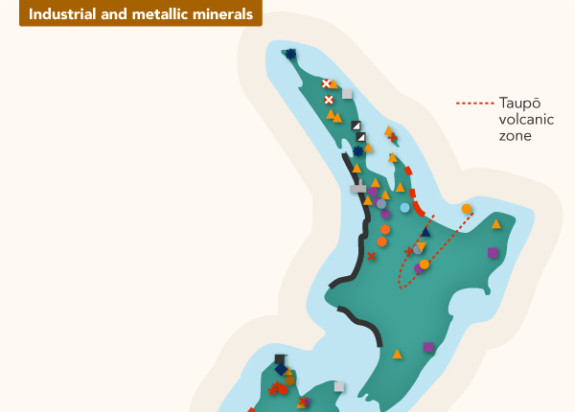
Aotearoa New Zealand has a wide variety of minerals found both onshore and offshore, including coal, gold, silver, ironsand, aggregate, limestone, clay, dolomite, pumice, salt, serpentinite, zeolite and bentonite.
For a comprehensive list, see our rock, mineral and geoanalytical database, which is operated by GNS Science. All data is contributed by GNS Science and the universities of Auckland, Waikato, Massey, Victoria (Wellington), Canterbury and Otago.
Mātauranga Māori and minerals
Over hundreds of years, through interaction with and adaptation to the environment, Māori have developed a deep understanding and knowledge of minerals.
Māori believe that each rock and mineral type emerges from the Earth with its own story, its own whakapapa (genealogy) relating to its origin – hei koha tū, hei kura huna a Papa.
According to Māori tradition (pūrākau), Pūtoto, the god of magma, constantly seeks outward paths towards the Earth’s surface. On his upward journey, Pūtoto leaves many deposits — koha (gifts) for the guardians of the Earth’s bedrock and crust. Through the natural processes of heating, compression, solidification, weathering and erosion, Pūtoto’s deposits generate new varieties of stones, rocks, sand and minerals.
Pounamu (also known as jade or greenstone) is one of New Zealand’s most iconic mineral material. Pounamu is the Māori collective term for the semi-precious stone scientifically referred to as nephrite (kawakawa, kahurangi, inanga) or semi-nephrite. Ngāi Tahu are the kaitiaki (guardians) of pounamu and have a desire for it to be managed under the principle of ‘Tiakina he tino taonga Pounamu mō tātou, ā, mo kā uri ā muri ake nei’ (Care for the precious treasure Pounamu for all of us and our children who follow us). GNS Science provides scientific research and information to assist Ngāi Tahu with achieving these aspirations for now and for the benefit of future generations.
